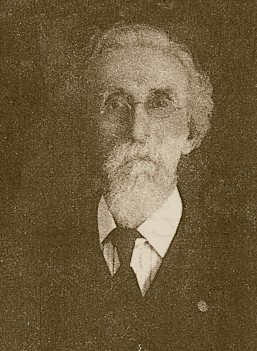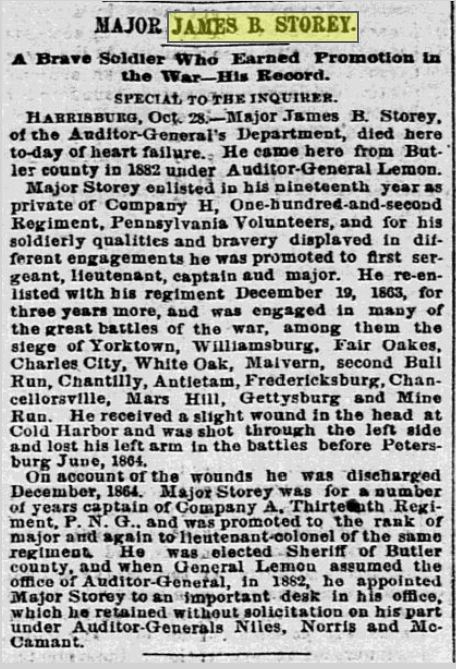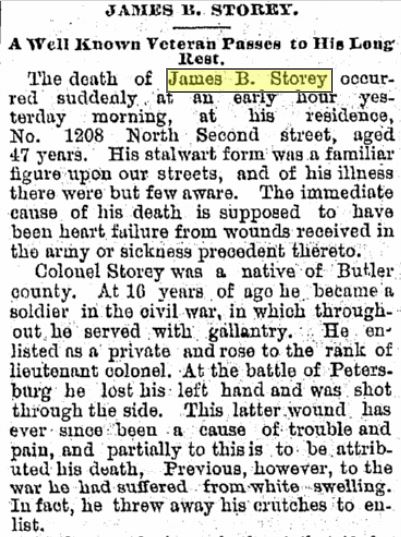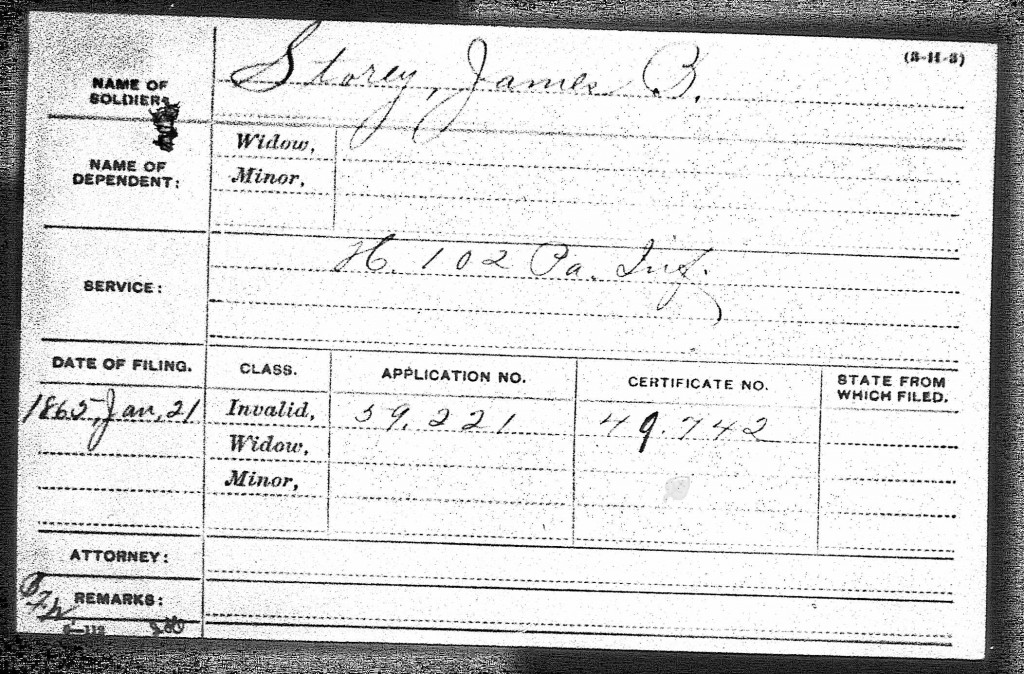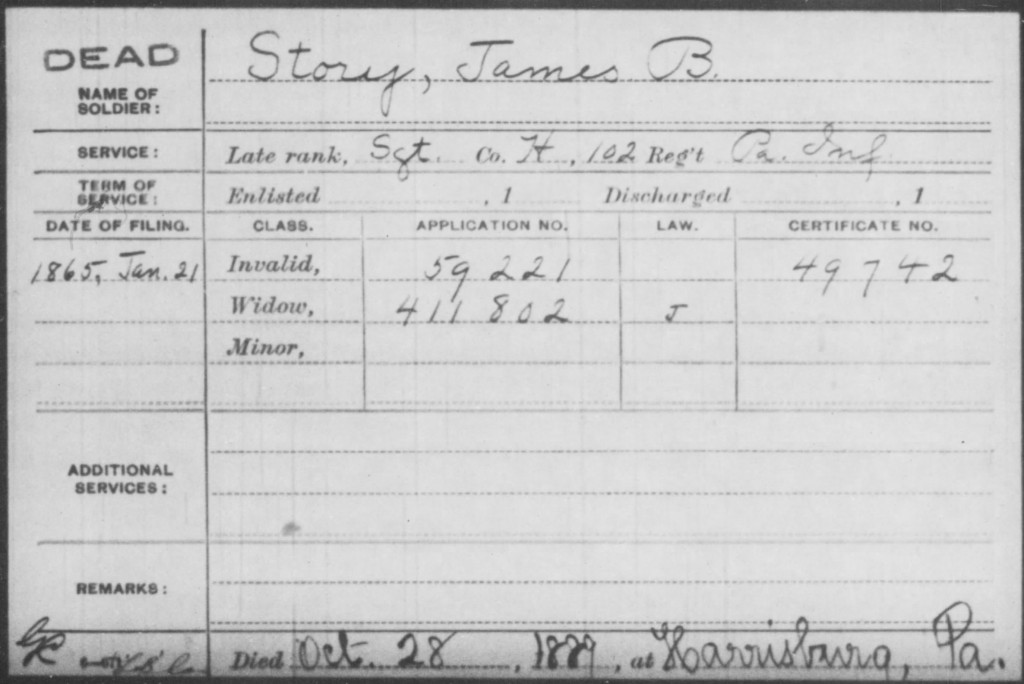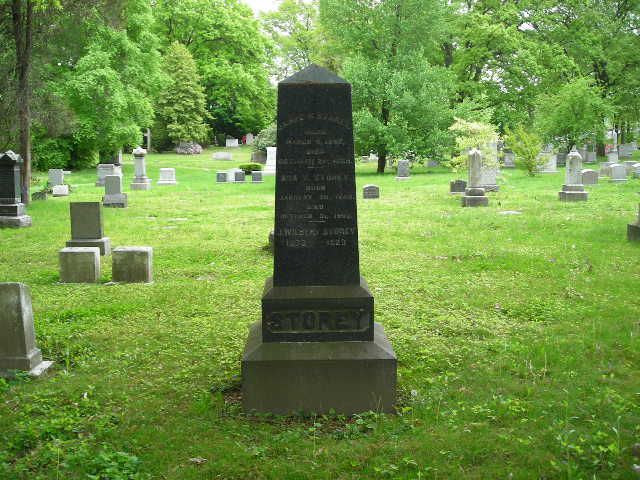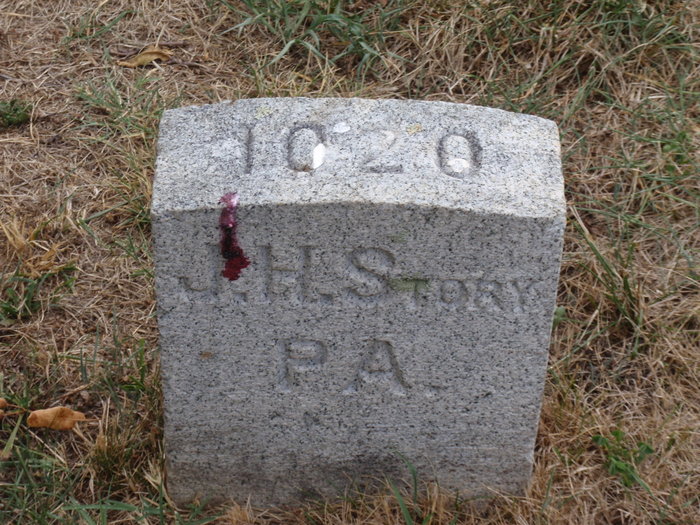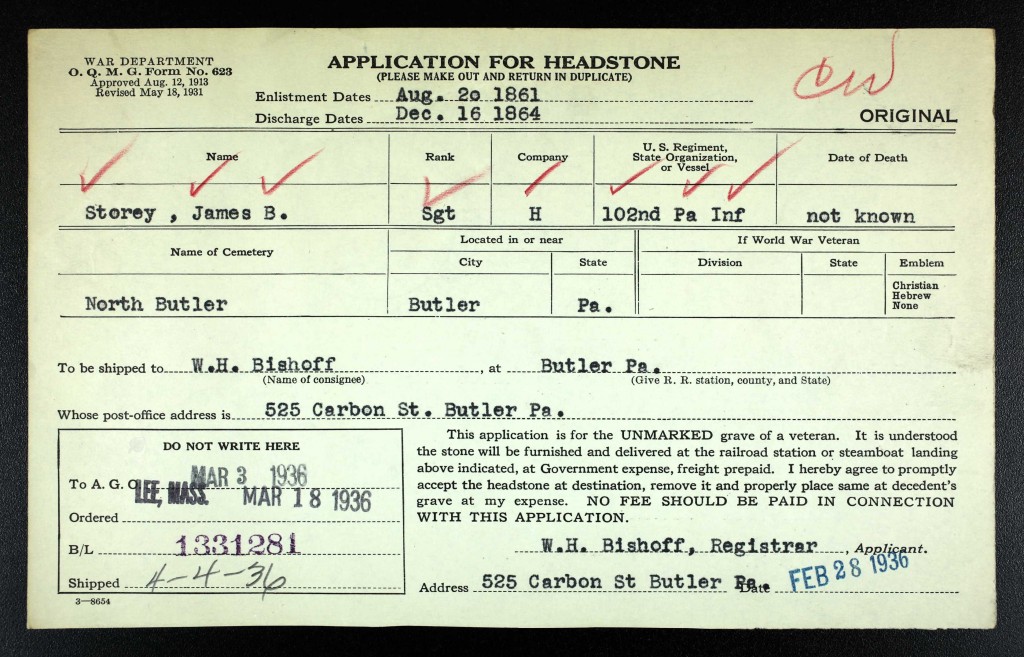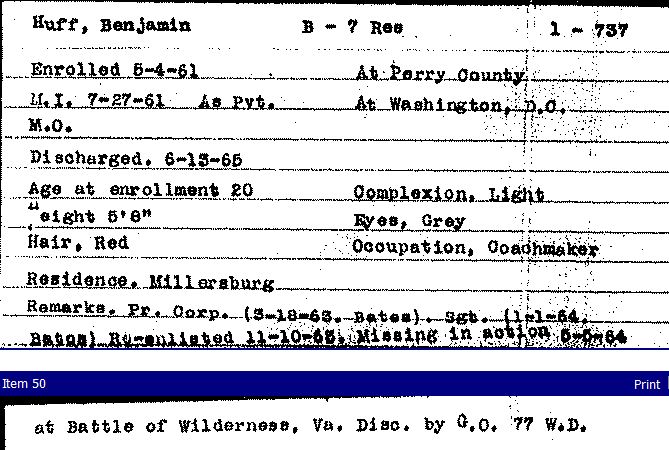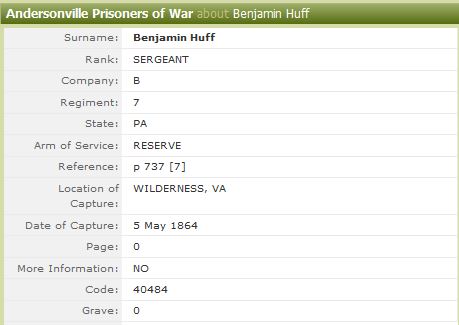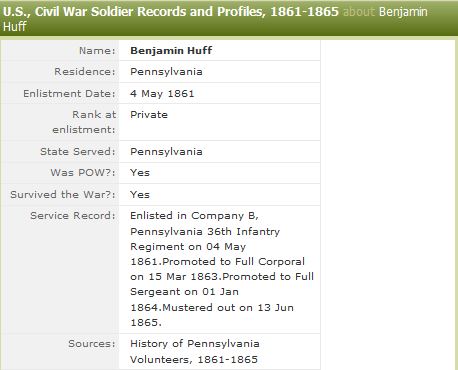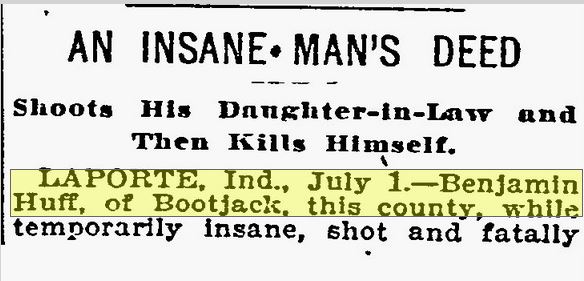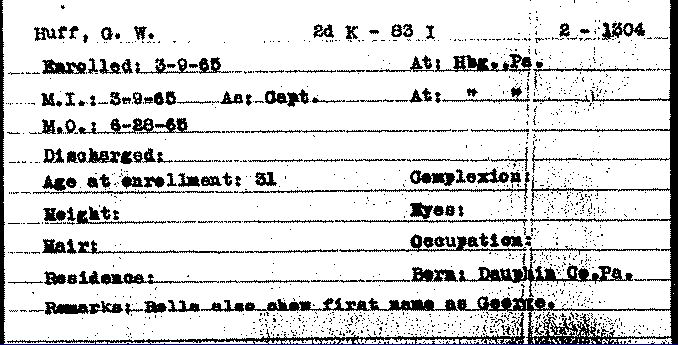The physical location of the Rappahannock River Basin is shown on the map below from VirginiaPlaces.org:
Selections from the months of December and January are presented here from a newly transcribed version of the diary completed by the Civil War Research Project. The selections offer some insight into how the “down time” was spent in and around the camp during the winter months. The number at the beginning of each selection is the cumulative number of days Keiser had served in the 96th Pennsylvania Infantry. In addition to those days of service, it has been previously noted on this blog that he served in one of the 90-day regiments (10th Pennsylvania Infantry) from April to July 1861, so that number (not counted in the diary entry) would have to be added to his total days of military service. It is not believed that Keiser kept a diary for that prior service.
The diary entries show that there was no interruption of mail service, that news came to camp frequently in the form of current newspapers, that the soldiers occupied themselves by hunting local game. No skirmishes were reported, but news of one death was indicated. The “Miss Sallie” referred to frequently by Henry Keiser was his lady friend who later became his wife.
821. Wednesday, December 23, 1863. Snowed some last night, but was soon melted. We were again busy all day cleaning up in and around camp. Gen. Bartlett of our Brigade rode around camp after cark and was loudly cheered.
822. Thursday, December 24, 1863. Very cold last night. Was detailed for Camp Guard at 9 a.m. and got charge of the first relief. The Suttler came to camp this evening.
823. Friday, December 25, 1863. Was not relieved from guard until 12 o’clock last night and at 9 a.m. came off of guard. It was again very cold. J. Alvord received a box from home in which were two shirts for me. Wrote a letter to mother and sent part of my Diary – written on short papers. Got an order on the Suttler from our Lieutenant for $2.00 Jno. Shollenberger had a box from home this after-noon and we had sausages for supper.
824. Saturday, December 26, 1863. Very cold last night, but seemed nice and warm today. Again fresh bread.
825. Sunday, December 27, 1863. Raining a little this morning. Had camping Inspection this morning with knapsacks at nine this forenoon. Rained this afternoon.
826. Monday, December 27, 1863. Rained all last night. Some wild turkeys flew over our camp today. Elias Stahl and myself went after them, but did not get to see them. It rained all day and we were wet to the skin. Seen some fine hogs in the woods.
827. Tuesday, December 29, 1863. It rained some last night but is clear this morning. Elias Stahl, H. Romberger, W. D. Ferree and myself went out to shoot a hog. We got a fine one weighing about 150 pounds. John Beard and his brother received a box from home.
828. Wednesday, December 30, 1863. Fine this morning. Had to place a corduroy pavement in front of the officer’s tent and along Company Street. Did not get finished.
829. Thursday, December 31, 1863. It began raining last night and kept it up all day and it is very muddy in camp, Lieutenant Col. Fessig returned from home this evening.
828. Wednesday, December 30, 1863. Fine this morning. Had to place a corduroy pavement in front of the officer’s tent and along Company Street. Did not get finished.
829. Thursday, December 31, 1863. It began raining last night and kept it up all day and it is very muddy in camp, Lieutenant Col. Fessig returned from home this evening.
830. Friday, January 1, 1864. Went on camp guard at 9 a.m. and got the first relief. Received a letter from Sister Mariah also one form mother with a receipt for a box from mother which was sent by express. It was quite warm toward evening, when it became cold.
831. Saturday, January 2, 1864. It was very cold last night. Was on guard from 8 p.m. until 12 m. last night Old[?] Guard relieved at 9 a.m. Elias Stahl and myself went out after a hog and succeed in getting a good one. Day fine and warm.
832. Sunday, January 3, 1864. Cold last night. Company inspections at 9 a.m. The officers were again trying to get us to re-enlist but the fish do not seem to bite very well. Wrote a letter to Mariah and received one from Levi Workman. Day was fine.
833. Monday, January 4, 1864. Cloudy this morning. Commenced snowing at 10 a.m. This evening the snow is 5 inches deep. My box came to hand this afternoon with eatables in good condition. The box was on the way since the 24th December.
834. Tuesday, January 5, 1864. After revile, Henry Romberger, Elias Stahl, and myself went out after the rabbits. Were out all day and only got four. Today was fine.
835. Wednesday, January 6, 1864. Wrote a letter to Miss Sallie and one to Levi Workman and one to mother. Received one from Miss Sallie. Drawed a pair of pants. Cold and cloudy all day.
836. Thursday, January 7, 1864. Thirty-six of our Regiment re-enlisted and were sworn in last evening, four enlisting in our company. It was cold and cloudy all day and commenced snowing after dark.
837. Friday, January 8, 1864. Three inches of snow on ground this morning. Wrote a letter to Miss Sallie. John Beard and Elias Stahl caught eight rabbits and three gray squirrels today. The veterans received their bounty and back pay. Day was fine.
838. Saturday, January 9, 1864. John Beard, Elias Stahl and myself went out after rabbits today and caught eight. Jacob Alvord and H. Romberger caught seven. Corporal Jonathan Bear and J. M. Ferree were promoted to Sergeants and Private J. Jerome Miller and Joseph Workman to Corporals yesterday. Day was fine.
839. Sunday, January 10, 1864. It was very fold last night. Had company inspection at 9 a.m. Clear all day.
840. Monday, January 11, 1864. I was detailed for picket at 7 a.m. and reached picket line at nine. I was placed on the reserve post. Had general inspection in —–. Day fine.
841. Tuesday, January 12, 1864. Cloudy last night and today. Relieved from picket at nine and reached camp at ten a.m. according to orders pickets are to stay out 3 days hereafter. Received letter from Lizzie.
842. Wednesday, January 13, 1864. It was very cold last night. Issued fresh bread today. Cold and story, but clear all day.
843. Thursday, January 14, 1864. Wrote a letter to Elizabeth and sent her a shawl made out of bone. Received a Harrisburg Telegraph from father. Cloudy all day but not cold.
844. Friday, January 15, 1864. Received a letter last night. Issued two rations of bread. Finished corduroy pavement today. Cloudy all day.
845. Saturday, January 16, 1864. It was very cold last night. Detailed for Camp Guard at 9 a.m. and for first relief. Received a letter from Miss Sallie, and one from Levi Workman. Clear but cold.
846. Sunday, January 17, 1864. Was on duty from 8 to 12 last night and relieved at 9 a.m. Company Inspection at nine and at eleven a.m. Colonel Upson inspected quarters. I was excused from inspections on account of just coming off guard. Wrote a letter to Miss Sallie and one to Levi Workman. The day was fine.
847. Monady, January 18, 1864. Received the Philadelphia Daily News from father yesterday. It rained all last night and has been raining all day.
848. Tuesday, January 19, 1864. Rained some last night. Lieutenant Fessig received a letter which stated that nine men were to be detailed to build a log quarters for him. Bought a Diary from John Glass for $1.00. Cold and windy all day.
849. Wednesday, January 20, 1864. It was very cold last night. Lt. Fessig received a letter shich stated that Henry C. Cook had died at his home in Hamburg, Berks Co., Pennsyvlania. Received a Philadelphia Daily News from father. Cold and windy – clear all day.
850. Thursday, January 21, 1864. Detailed for three days picket duty at nine this morning. I with six privates, got on the second post from the left, and was on duty from seven to nine this evening. The day was fine.
851. Friday, January 22, 1864. I stood post from three to four this morning. John Renee went to camp and when he returned he brought me a letter from mother. The day was fine.
852. Saturday, January 23, 1864. I stood post from twelve to one last night. It was very cold. Lewis Rominck went to camp and when he returned he brought me a loaf of bread. Day was fine.
853. Sunday, January 24, 1864. I stood post from one to ten p.m. last night. Were relieved at 9 a.m. and when we arrived in Camp Company Inspection was over and a Philadelphia Daily News and a Harrisburg Telegraph awaiting me. Col. Upton inspected quarters at 11 a.m. Wrote a letter to mother telling her to send me another box. I also wrote a letter to Cousin Lucy and one to father in Harrisburg.
854. Monday, January 28, 1864. Warm last night and today. Got the loan of one dollar from Sergeant Hooker of Company B.
855. Tuesday, January 26, 1864. Elias Stahl and myself went out into the woods today and caught an opossum and two gray squirrels. The opossum was very poor and we put him into a box to fatten up. Warm all day.
856. Wednesday, January 27, 1864. Elias Stahl, John Perley and myself went out today and caught three gray squirrels and two flying squirrels which we sold to the Suttler for fifty cents apiece. The Regiment had dress parade but we came to camp too late to participate.. The day was fine.
857. Thursday, January 28, 1864. Had company Drill at 10 a.m. and two p.m. Bought some letters and a corp badge for fifty two cents. Received two Harrisburg Telegraphs dated January 25 and January 26.
858. Friday, January 29, 1864. Had company drill at 10 a.m. and Battalion Drill at two p.m. Received Report of Surveyor General of Pennsylvania for year 1863 from father. Dress Parade at 5 p.m. The day was fine.
859. Saturday, January 30, 1864. Detached as company guard at 9 a.m. Sat the first relief. Received a letter from Miss Sallie, one from Levi Workman, and Philadelphia News. Had dress parade at 5 p.m. The day was fine.
860. Sunday, January 31, 1864. Went on duty from Eleven until three last night and relieved at nine this morning. Rained some last night. Wrote a letter to Miss Sallie and one to Levi Workman. Received a letter from father and one from Elizabeth. Cloudy today.
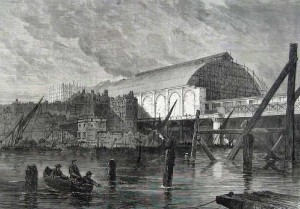 January 11. Charing Cross railway station, a central London railway terminus in the City of Westminster,opened. The original station building was built on the site of the Hungerford Market by the South Eastern Railway. The station was designed by Sir John Hawkshaw, with a single span wrought iron roof arching over the six platforms on its relatively cramped site. It is built on a brick arched viaduct, the level of the rails above the ground varying from 13 feet at the north-east end to 27 feet at the bridge abutment at the south-east end.
January 11. Charing Cross railway station, a central London railway terminus in the City of Westminster,opened. The original station building was built on the site of the Hungerford Market by the South Eastern Railway. The station was designed by Sir John Hawkshaw, with a single span wrought iron roof arching over the six platforms on its relatively cramped site. It is built on a brick arched viaduct, the level of the rails above the ground varying from 13 feet at the north-east end to 27 feet at the bridge abutment at the south-east end.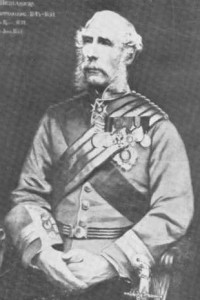 January 21.The Tauranga Campaign starts during the Maori Wars in New Zealand. The Tauranga Campaign was a six-month-long armed conflict in New Zealand’s Bay of Plenty in early 1864, and part of the New Zealand wars that were fought over issues of land ownership and sovereignty. The campaign was a sequel to of the invasion of Waikato, which aimed to crush the Māori King (Kingitanga) Movement that was viewed by the colonial government as a challenge to the supremacy of the British monarchy.
January 21.The Tauranga Campaign starts during the Maori Wars in New Zealand. The Tauranga Campaign was a six-month-long armed conflict in New Zealand’s Bay of Plenty in early 1864, and part of the New Zealand wars that were fought over issues of land ownership and sovereignty. The campaign was a sequel to of the invasion of Waikato, which aimed to crush the Māori King (Kingitanga) Movement that was viewed by the colonial government as a challenge to the supremacy of the British monarchy. January 29. Early photographer Julia Margaret Cameron creates her first successful print: “Annie, my first success.” Julia Margaret Cameron (née Pattle; 11 June 1815 – 26 January 1879) was a British photographer. She became known for her portraits of celebrities of the time, and for photographs with Arthurian and other legendary or heroic themes. Cameron’s photographic career was short, spanning eleven years of her life (1864–1875). She took up photography at the relatively late age of 48, when she was given a camera as a present. Although her style was not widely appreciated in her own day, her work has had an impact on modern photographers, especially her closely cropped portraits.
January 29. Early photographer Julia Margaret Cameron creates her first successful print: “Annie, my first success.” Julia Margaret Cameron (née Pattle; 11 June 1815 – 26 January 1879) was a British photographer. She became known for her portraits of celebrities of the time, and for photographs with Arthurian and other legendary or heroic themes. Cameron’s photographic career was short, spanning eleven years of her life (1864–1875). She took up photography at the relatively late age of 48, when she was given a camera as a present. Although her style was not widely appreciated in her own day, her work has had an impact on modern photographers, especially her closely cropped portraits. January 30. National Gallery of Ireland opens to the public in Dublin in a building designed by Francis Fowke based on early plans by Charles Lanyon. The photograph at right was taken in 1913.
January 30. National Gallery of Ireland opens to the public in Dublin in a building designed by Francis Fowke based on early plans by Charles Lanyon. The photograph at right was taken in 1913. ;
;
